According to the inimitable critic Alice Rawsthorn, design is ‘inextricably linked with and immersed in everything’ around us. Over her long career, Rawsthorn has written for the Financial Times and the International Herald Tribune, and has contributed to public debate about design that has changed the world over the past twenty years. Her books Hello World: Where Design Meets Life, and more recently, Design as an Attitude, explore the ways in which design manifests itself on different levels globally, and have been widely recognised. Through global forums such as TED and the World Economic Forum in Davos, Rawsthorn has contributed to promoting design as a transformative tool with potential worldwide impact. She also speaks to younger generations, who make up a large part of her over ninety thousand Instagram followers, and who eagerly follow her informative and fascinating posts.
Rawsthorn’s most recent project Design Emergency was born out of the first months of lockdown in 2020, in collaboration with Paola Antonelli, her friend and the head of I&D at MoMA. From an Instagram profile, the project grew to becoming a book, which will be published in Spring 2022. As a ‘demonstration of creativity and engineering in design’, Design Emergency is perhaps Rawsthorn’s most ambitious project, emerging at a time when the effects of the pandemic have been so decisive. Like a guide to the present she leads us through the ‘global process of radical redesign and reconstruction’ we are all experiencing, in which design has an important role to play.
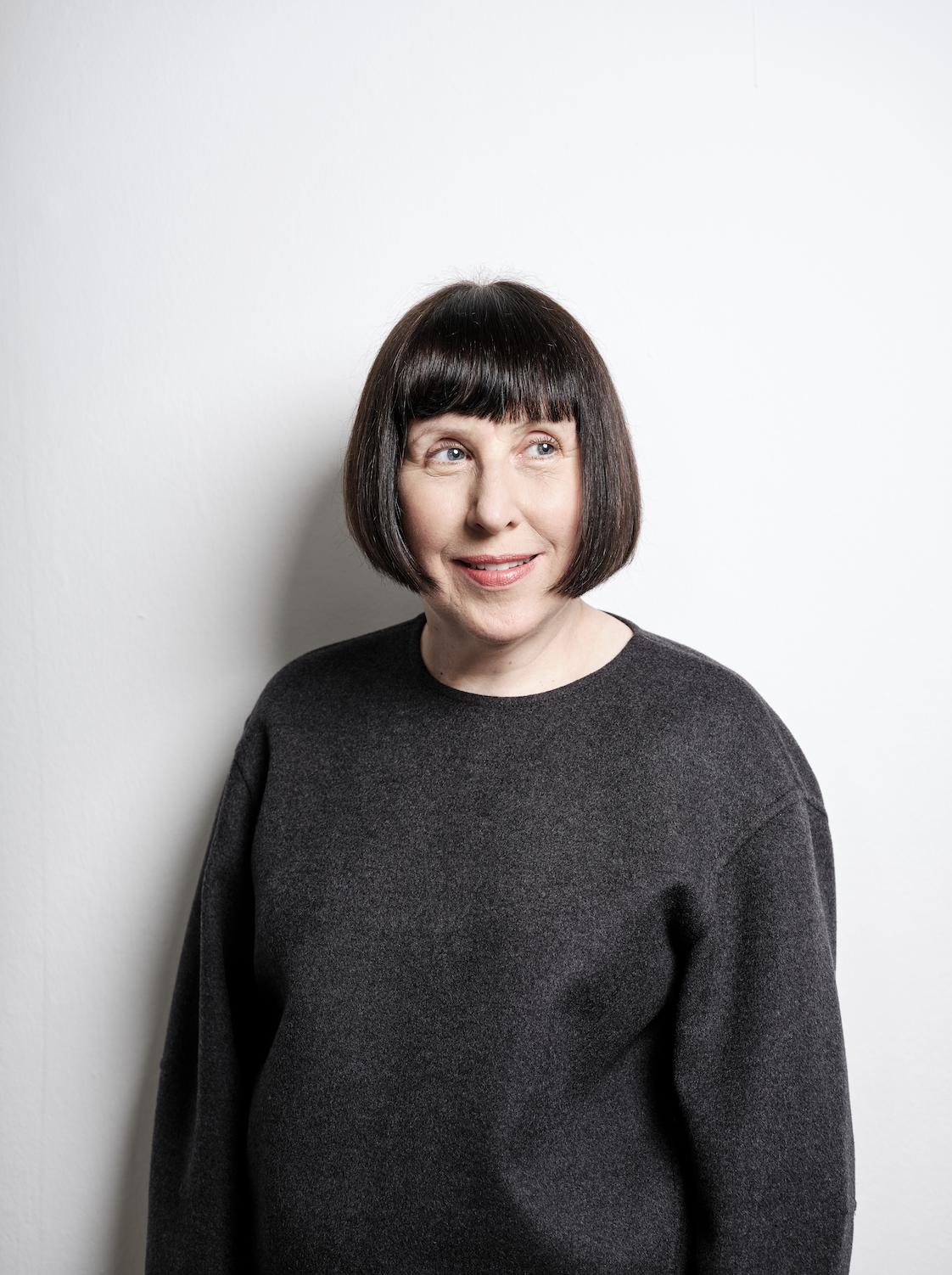
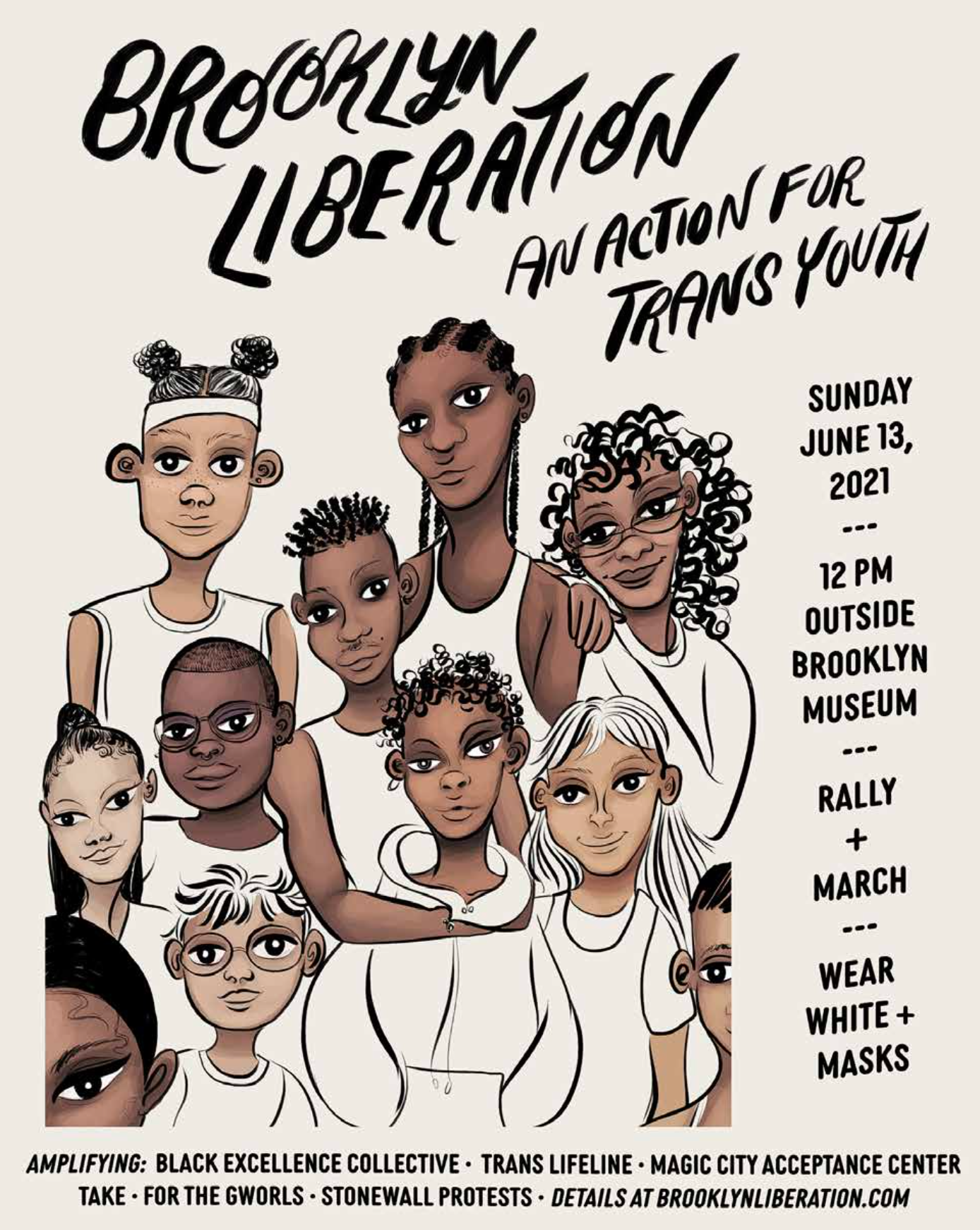

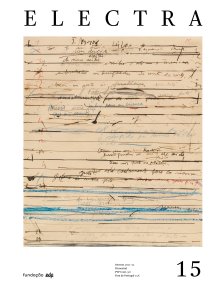
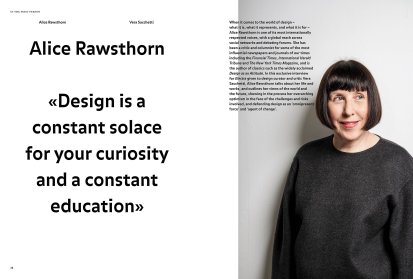
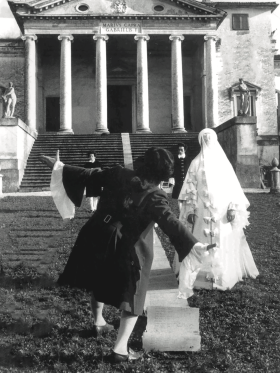
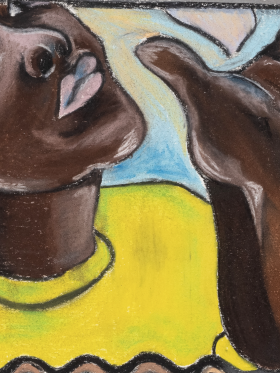
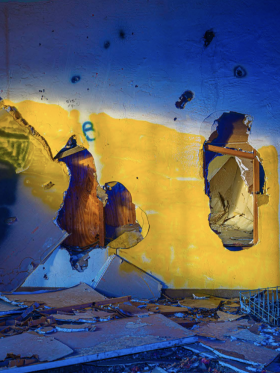
Share article